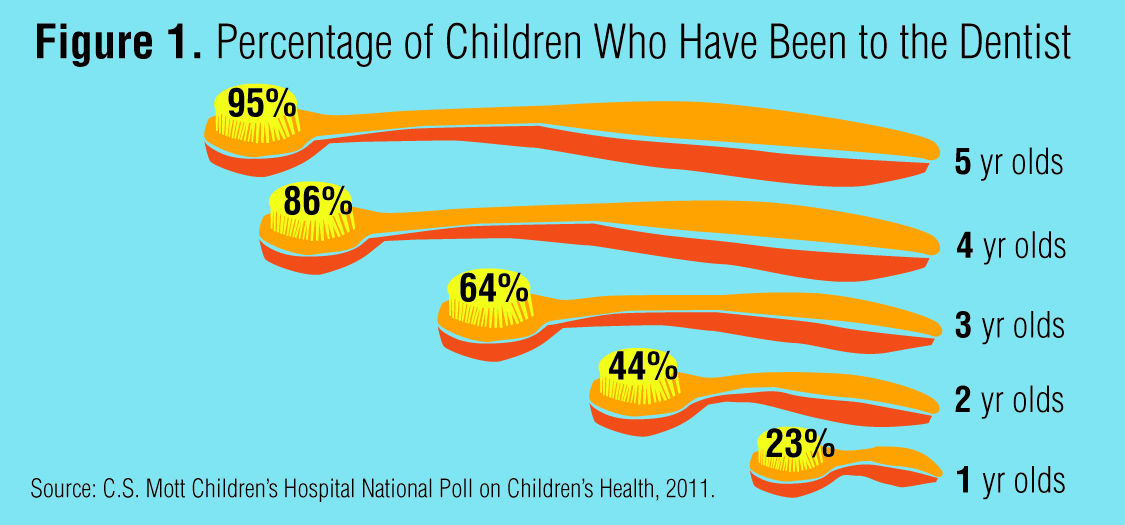Discover The Groundbreaking Developments Transforming Oral Surgery. Explore The Future Of The Area And Stay Ahead Of The Game. Click Currently For A Look Into Tomorrow!
Discover The Groundbreaking Developments Transforming Oral Surgery. Explore The Future Of The Area And Stay Ahead Of The Game. Click Currently For A Look Into Tomorrow!
Blog Article
Material Produce By-Johannsen Browne
Welcome to the globe of dental surgery, where advancements and developments are shaping the future of the field! In this interesting world, you'll witness the transformative power of robotics, the cutting-edge marvel of 3D printing, and the game-changing influence of minimally invasive methods.
The future of dental surgery holds a guarantee of accuracy, efficiency, and enhanced patient results. With the help of advanced robotics, cosmetic surgeons are able to perform complex procedures with greater precision and control.
3D printing innovation is reinventing the creation of oral implants and prosthetics, using customized remedies that fit seamlessly into each patient's unique anatomy.
In addition, minimally invasive strategies are reducing post-operative discomfort and recuperation time, allowing people to go back to their every day lives quicker.
Prepare yourself to check out the amazing developments and breakthroughs that are improving the landscape of oral surgery!
Advancements in Robotics
One major improvement in oral surgery is using robotic technology, which enables accurate and reliable surgical procedures. With the help of robotic systems, oral cosmetic surgeons have the capability to do complex surgeries with boosted accuracy, lessening the risk of human error.
These robotic systems are equipped with sophisticated imaging technology and specific instruments that enable surgeons to browse through elaborate physiological frameworks effortlessly. By making use of robot innovation, doctors can accomplish greater surgical precision, causing improved patient results and faster healing times.
Additionally, making use of robotics in oral surgery enables minimally intrusive procedures, lowering the injury to surrounding tissues and promoting faster recovery.
3D Printing in Oral Surgery
To improve the field of dental surgery, you can discover the subtopic of 3D printing in oral surgery. This cutting-edge innovation has the possible to revolutionize the way oral surgeons run and deal with clients. Below are 4 vital ways in which 3D printing is forming the field:
- ** Customized Surgical Guides **: 3D printing allows for the production of very accurate and patient-specific surgical guides, improving the accuracy and performance of treatments.
- ** Implant Prosthetics **: With 3D printing, dental surgeons can produce customized dental implant prosthetics that completely fit a client's distinct composition, resulting in better end results and individual complete satisfaction.
- ** Bone Grafting **: 3D printing enables the manufacturing of patient-specific bone grafts, lowering the need for typical implanting methods and enhancing healing and recovery time.
- ** Education and learning and Educating **: 3D printing can be made use of to produce reasonable medical models for academic objectives, permitting dental doctors to practice intricate treatments prior to performing them on clients.
With sedation dentistry near me to boost accuracy, personalization, and training, 3D printing is an interesting advancement in the field of dental surgery.
Minimally Intrusive Techniques
To additionally advance the field of oral surgery, accept the potential of minimally invasive methods that can considerably profit both specialists and individuals alike.
Minimally invasive techniques are revolutionizing the area by decreasing surgical injury, decreasing post-operative pain, and accelerating the healing process. These methods involve using smaller incisions and specialized tools to do treatments with accuracy and effectiveness.
By using advanced https://dentistry.co.uk/2023/08/01/meet-patient-demand-with-the-confident-smile-makeover/ , such as cone beam of light calculated tomography (CBCT), surgeons can properly plan and perform surgeries with minimal invasiveness.
In addition, using lasers in oral surgery allows for precise tissue cutting and coagulation, resulting in lessened blood loss and minimized recovery time.
With minimally click the up coming website , clients can experience quicker recuperation, lowered scarring, and improved outcomes, making it a vital aspect of the future of oral surgery.
Conclusion
So, as you can see, the future of oral surgery is incredibly promising, with exciting innovations and advances shaping the field.
From the innovations in robotics to using 3D printing and minimally intrusive strategies, oral specialists are reinventing the means they provide care.
While some might stress over the potential cost connected with these improvements, it is necessary to bear in mind that these modern technologies inevitably improve patient end results and minimize recovery time, making them well worth the financial investment in the long run.
